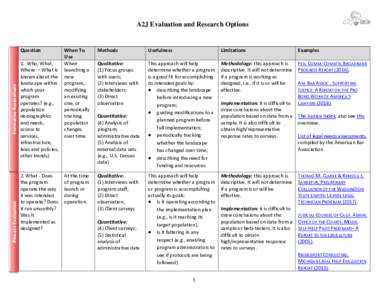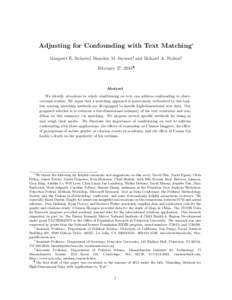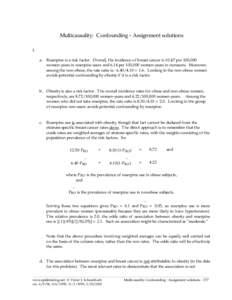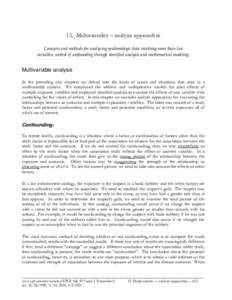<--- Back to Details
| First Page | Document Content | |
|---|---|---|
 Date: 2018-05-30 16:17:25Design of experiments Causal inference Evaluation Observational study Methodology Knowledge Impact assessment Confounding Experiment Quasi-experiment Program evaluation Impact evaluation |
Add to Reading List |
 A2J Evaluation and Research Options Process Evaluation Formative Assessment
A2J Evaluation and Research Options Process Evaluation Formative Assessment



